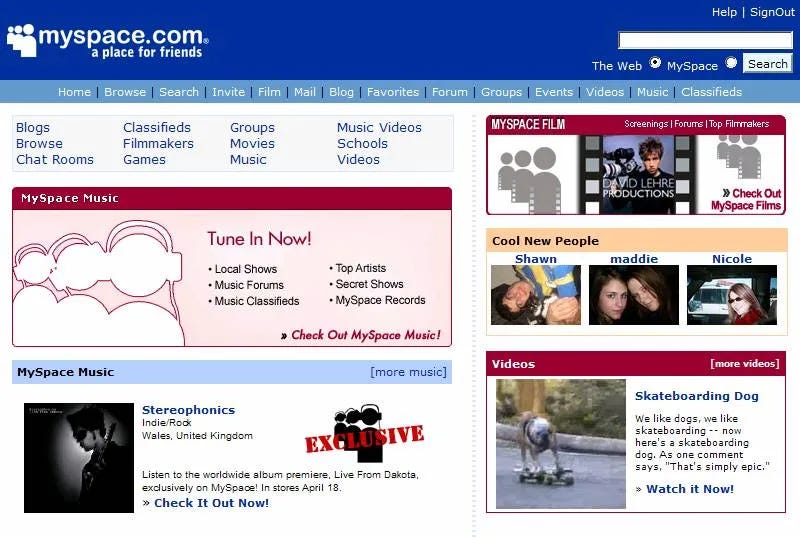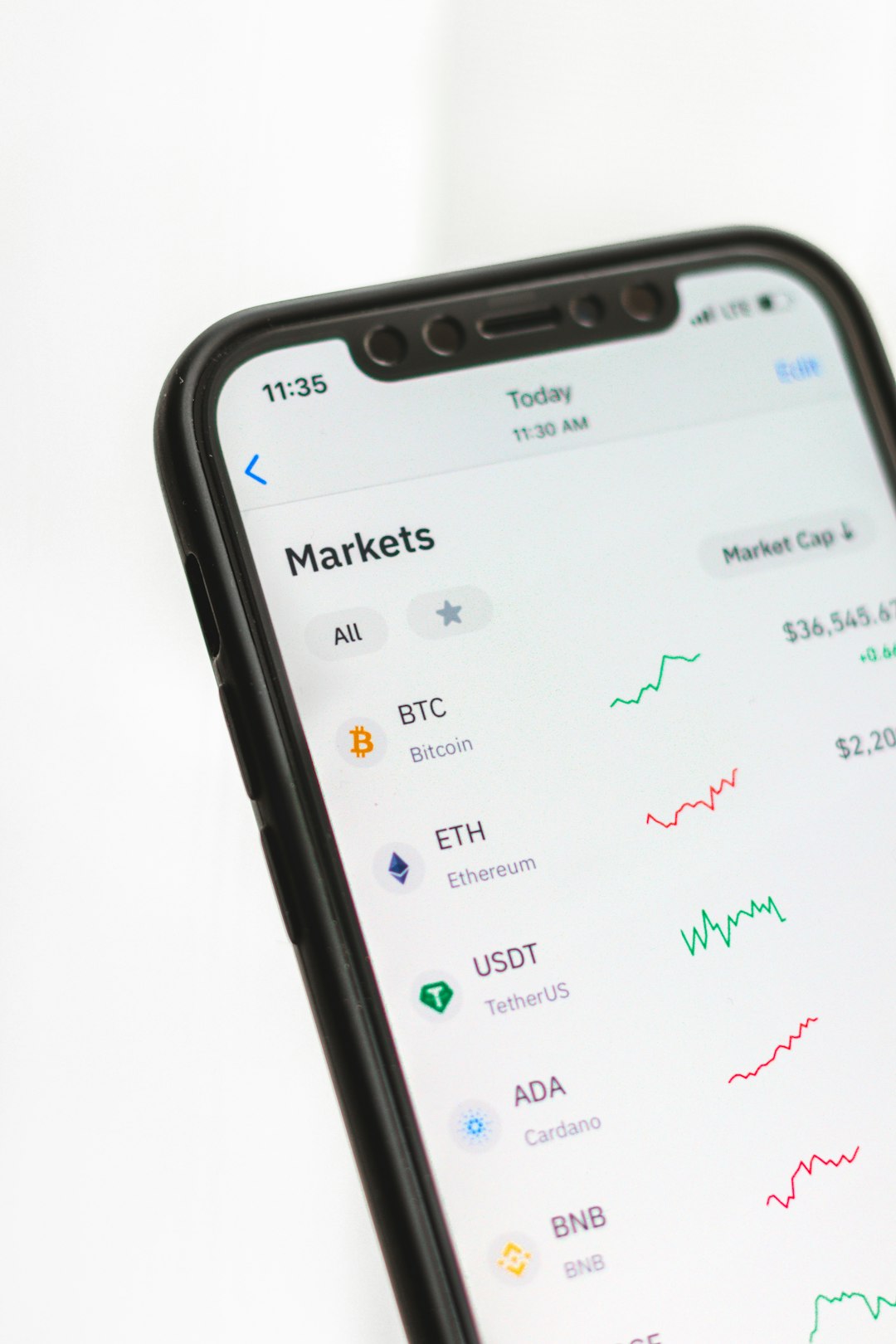The 4 Pillar of Web3
Jan 20, 2023
Web3 is coming, and more and more people are entering the space daily.
On our recent podcast with Katherine Boiciuc, she mentioned that between half a million and a million people enter the “wild west of Web3” every month.
Last year, that number was 250,000 people a month, and in 2020, only 50,000.
The growth is exponential, but if you still think you’re late to the game, think again. We have only started to scratch the surface of what is possible in this new world.
Although the term Web3 was coined in 2014 by Ethereum co-founder Gavin Wood, it has only recently begun gaining significant traction.
What is Web3?
To understand Web3, it makes sense to break down the meaning of Web1 and Web2.
Web1 was the start of the internet - the World Wide Web, roughly from 1991 to 2004.
Web1 was a static web page on the internet. You would type the name of a website into the URL, and you could read whatever was on that web page. There was no way to interact with what you were viewing. Web1 was read-only.
Web2, the period from 2004 to our current day, changed things.
Users could create and generate content on other websites for the first time.Think Facebook, YouTube, MySpace (if you can 😜), Twitter etc. Web2 was read and write.

So, what is web3?
Web3 is the evolution of Web2 and incorporates concepts such as decentralisation, token-based economics, and blockchain technology.
Through the power of this technology, we now have the ability to prove ownership of digital items or assets.
Just play with us for a minute…
Let’s say we were an up-and-coming music artists and uploaded a music file onto the internet (in Web2), other users would have the ability to copy that file and send it out to 1000’s if not millions of people.
And then…
That track was then picked as the soundtrack to a Netflix top show, we may never earn royalties from that song 😲
But why?
Even though we were the creators, somebody else could claim ownership because there is no definitive way of proving who owns the original file.
Even if we use the original file’s metadata, such as time and date, it is ineffective because metadata can easily be rewritten.
Or if this song was uploaded to a Web2 companies database, it’s still ineffective. Centralised companies own their servers, meaning they could be hacked, wiped or even simply turned off at any time by the company.
This is where blockchain technology comes in.
Whether it’s an audio file, a picture file, a video file or even a pdf.
Blockchains store information on a digital file that is anchored into them indefinitely making the information stored on files immutable (unchangeable).
We can use blockchain technology to store the original digital footprint/data of a file (called HASH). A hash can then be compared to the original or disputed file to prove ownership.
So we can now say that Web3 is read, write and OWN.
The 4 Pillars of Web3
We recently saw this image (and loved it) from our friends @evewealthhq breaking Web3 into 4 pillars.

NFTs, The Blockchain, Defi (decentralised finance) and, The Metaverse.
Let’s talk about NFTs
NFT stands for Non-Fungible Token (we secretly hope this name might change).
But, non-fungible means that something is unique and non-interchangeable.
An example of something fungible is a $20 note.
A $20 note is not unique; we can change it like-for-like with somebody else.
An example of something that is non-fungible is the home where you live. It’s unique, and you cannot change it like-for-like with someone else.
NFTs are unique digital items that are non-interchangeable and stored on the blockchain - their metadata distinguishes them from each other.
For example, even though these two images below look identical (one was real and the other was a screenshot), their metadata stored on the blockchain allows us to distinguish the real one from the fake one.

Because we can authenticate which item is genuine and which one is not, we can also attach utility to the original file.
Using our Sister NFTs, part of the “utility” of owning one is you will be granted access to our Sisterhood School.
By connecting your wallet to our website with a Sister NFT inside, we will then be able to grant you access to our online growth platform, Sisterhood School.
If another person connected their wallet with an identical-looking but fake Sister NFT inside, blockchain technology can distinguish between the real and the fake. Due to the ability to read the metadata of the image.
Another plus of NFTs is, is because you also own the asset of the Sister NFT, you can sell it (if you want to) on a secondary market such as Opensea, Rarible or Magic Eden.
This is all made possible because of, the Blockchain
A blockchain is a distributed database or ledger that is shared among a large computer network. No one owns the database (it’s decentralised).
As a database, a blockchain stores information electronically in digital format. Being shared among a large network can guarantee the security of a transaction or record of data.
It generates trust without needing a trusted third party—the opposite of only one company owning the database. (centralisation).

Defi (Decentralised Finance)
Defi is essentially peer-to-peer financial services on the blockchain.
If we think about traditional finance, Cefi (centralised finance), one entity controls the movements of lending, borrowing, credit, interest etc. The banks then take a % fee of each of these transactions.
However, with Defi, these same transactions can still occur, but the fees can then be passed back to the users of these services.
i.e Users of Defi will therefore have the ability to receive higher interest rates and reduced costs of borrowing and lending etc.

The Metaverse
This word can scare many people - thinking we will all soon be living in a completely digital world.
Our understanding of the Metaverse is that we are already in it.
We sit on zoom calls, talk to our friends on social media, or even online shopping.
Currently, it’s very 2D; the Metaverse is an extension of this, where things become more 3D with the power of AR (augmented reality) and VR (virtual reality).
We can confidently say that we’re looking forward to the day when we can speak to our parents on the other side of the world in a more realistic 3D way (in the Metaverse.)

Is there another pillar to web3 that you would add?
How would you explain web3? We hope this breakdown helps you.
With love
Georgie and Pam
